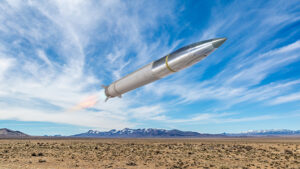
Current and former missile-defense officials are lamenting the presumed demise of the Army’s high-flying surveillance blimp.The Joint Land Attack Cruise Missile Defense Elevated Netted Sensor, shoehorned into the acronym JLENS, is a Raytheon [RTN]-built aerostat designed to carry sophisticated sensors aloft to an altitude that allows it to see beyond the curvature of the earth. The program was envisioned as a long-endurance detection system for incoming cruise missiles.“JLENS was on a path to be very successful before a minor mechanical…

 By
By 











